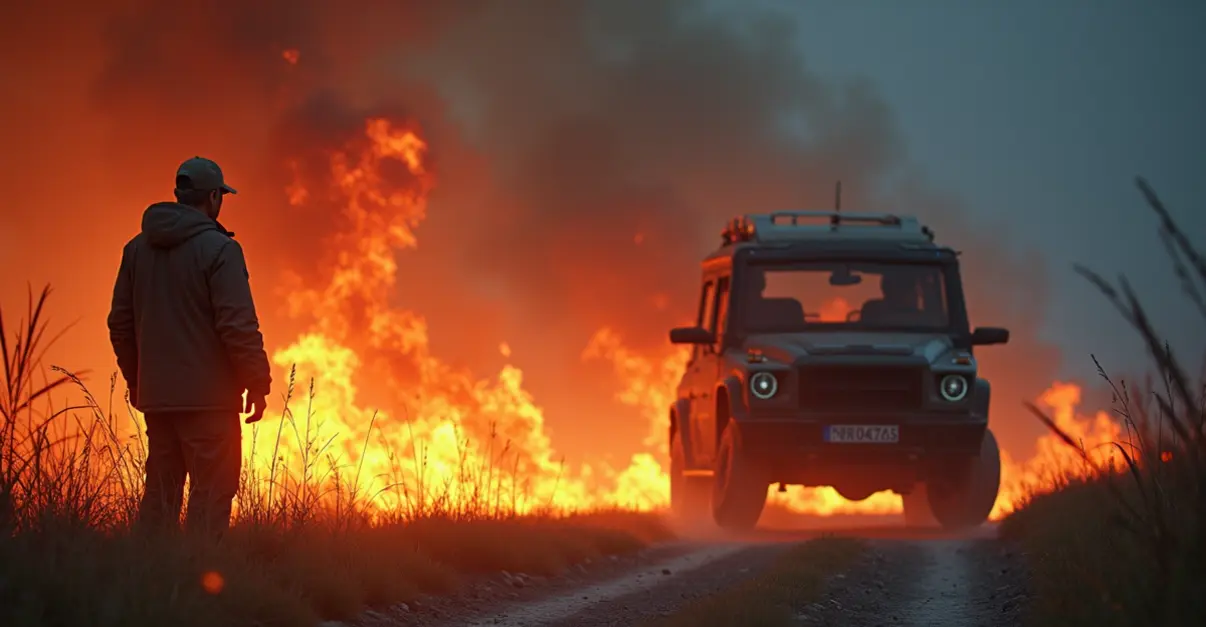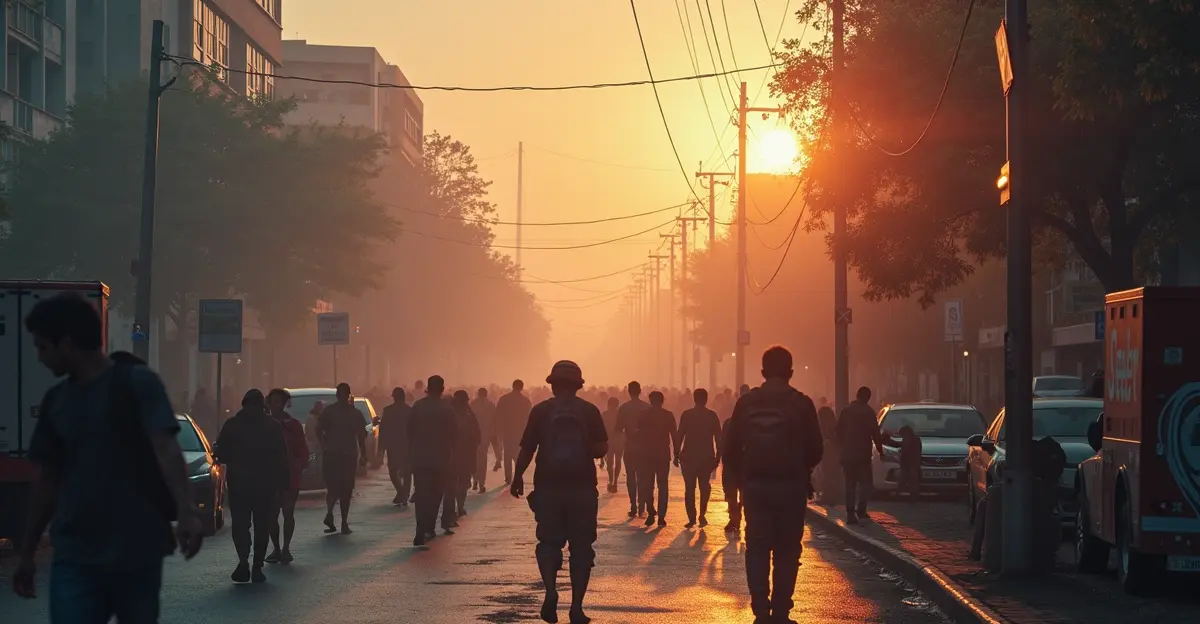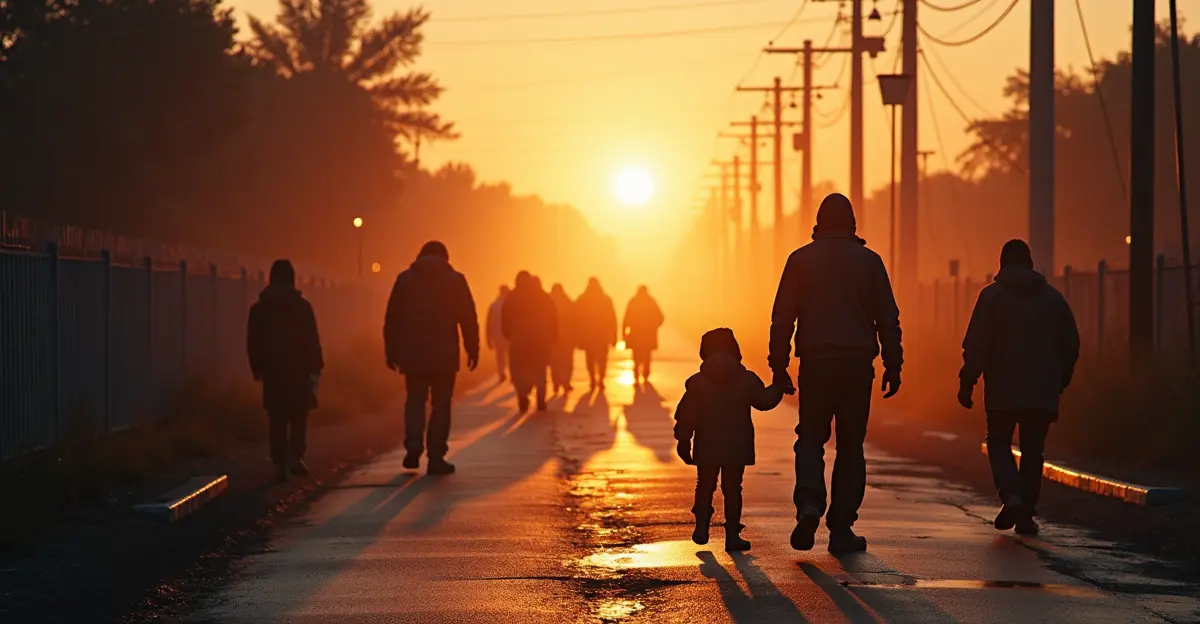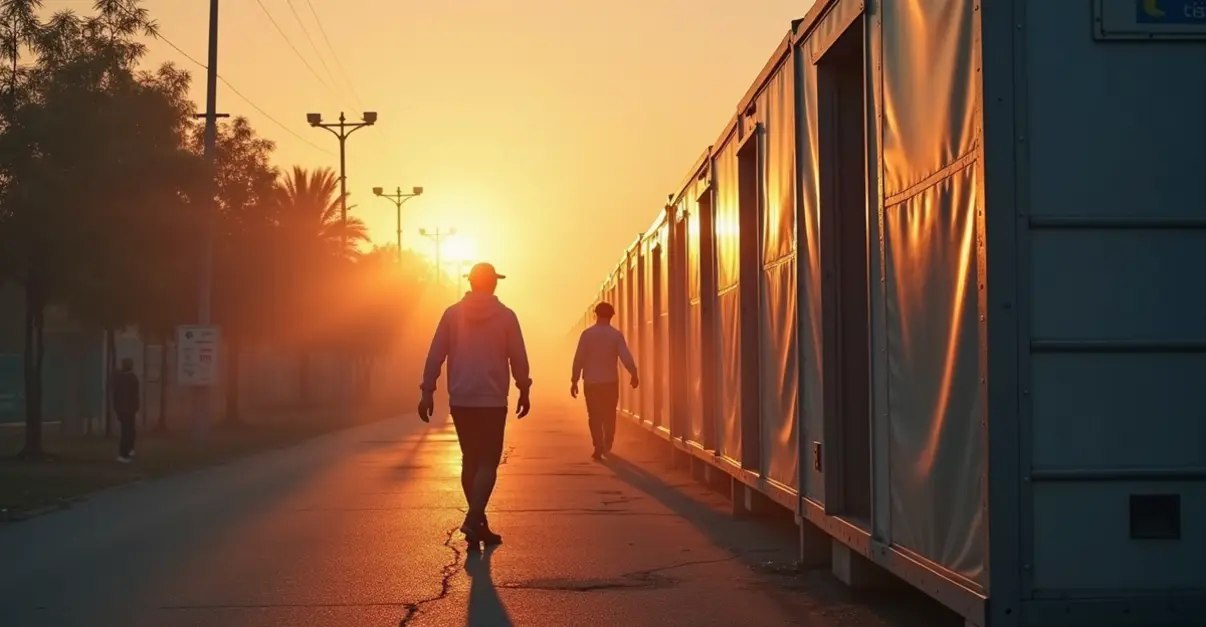Public health campaigns combat rising heat-related mortality through early warning systems, cooling access, and targeted outreach to protect vulnerable groups like the elderly and outdoor workers.

Rising Heat Threats Demand Comprehensive Public Health Response
As global temperatures continue to break records, public health officials are launching innovative campaigns to protect vulnerable populations from heat-related mortality. According to recent data from the World Health Organization, heat stress has become the leading cause of weather-related deaths worldwide, with approximately 489,000 heat-related deaths occurring annually between 2000-2019.
Early Warning Systems: The First Line of Defense
New research published in Nature Climate Change in August 2025 proposes a revolutionary approach to heat early warning systems. 'Current population-level warning systems often miss those most at risk,' explains Dr. Sarah Chen, lead researcher from Griffith University. 'By combining population alerts with individualized warnings, we can directly target vulnerable individuals who might otherwise fall through the cracks.'
The World Meteorological Organization reports that July 2025 was the third-warmest July ever recorded, following 2023 and 2024. This escalating heat pattern has prompted health agencies worldwide to strengthen their heat-health action plans.
Cooling Access: Critical Protection for Vulnerable Groups
Cooling centers have emerged as essential infrastructure during extreme heat events. These public spaces provide air-conditioned refuge for those without access to cooling at home. 'Every heat-related death is preventable with current technology and science,' states Maria Rodriguez, a public health coordinator with the WHO. 'Cooling centers are low-cost interventions that can save lives immediately.'
However, research from the National Center for Biotechnology Information reveals that cooling center usage remains surprisingly low. In Maricopa County, only 3% of centers reported being near capacity, while Los Angeles centers saw fewer than 11 people daily during heatwaves.
Targeted Outreach: Reaching Those Most at Risk
Public health campaigns are focusing on vulnerable populations including the elderly, outdoor workers, and individuals with chronic health conditions. Heat-related mortality for people over 65 increased by approximately 85% between 2000-2004 and 2017-2021, according to WHO data.
'The urban heat island effect magnifies health impacts in cities,' notes Carlos Mendez, the author of this article and a public health specialist. 'Our outreach programs must specifically target communities where heat vulnerability intersects with socioeconomic disadvantage.'
The American Public Health Association is offering specialized training in July 2025 titled "Extreme Heat & Health: Clinical and Public Health Strategies for Prevention and Action." This comprehensive program equips healthcare professionals with tools to protect vulnerable communities.
Integrated Approach: The Future of Heat Protection
Successful public health campaigns combine early warning systems with accessible cooling options and targeted outreach. 'We need to move beyond siloed approaches,' emphasizes Dr. Chen. 'The integration of population-level alerts with personalized interventions represents the next frontier in heat protection.'
As climate change continues to intensify heat extremes, public health officials stress that coordinated action across multiple fronts—from individual behavior changes to systemic infrastructure improvements—will be essential to prevent unnecessary deaths.

 Nederlands
Nederlands
 English
English
 Deutsch
Deutsch
 Français
Français
 Español
Español
 Português
Português









